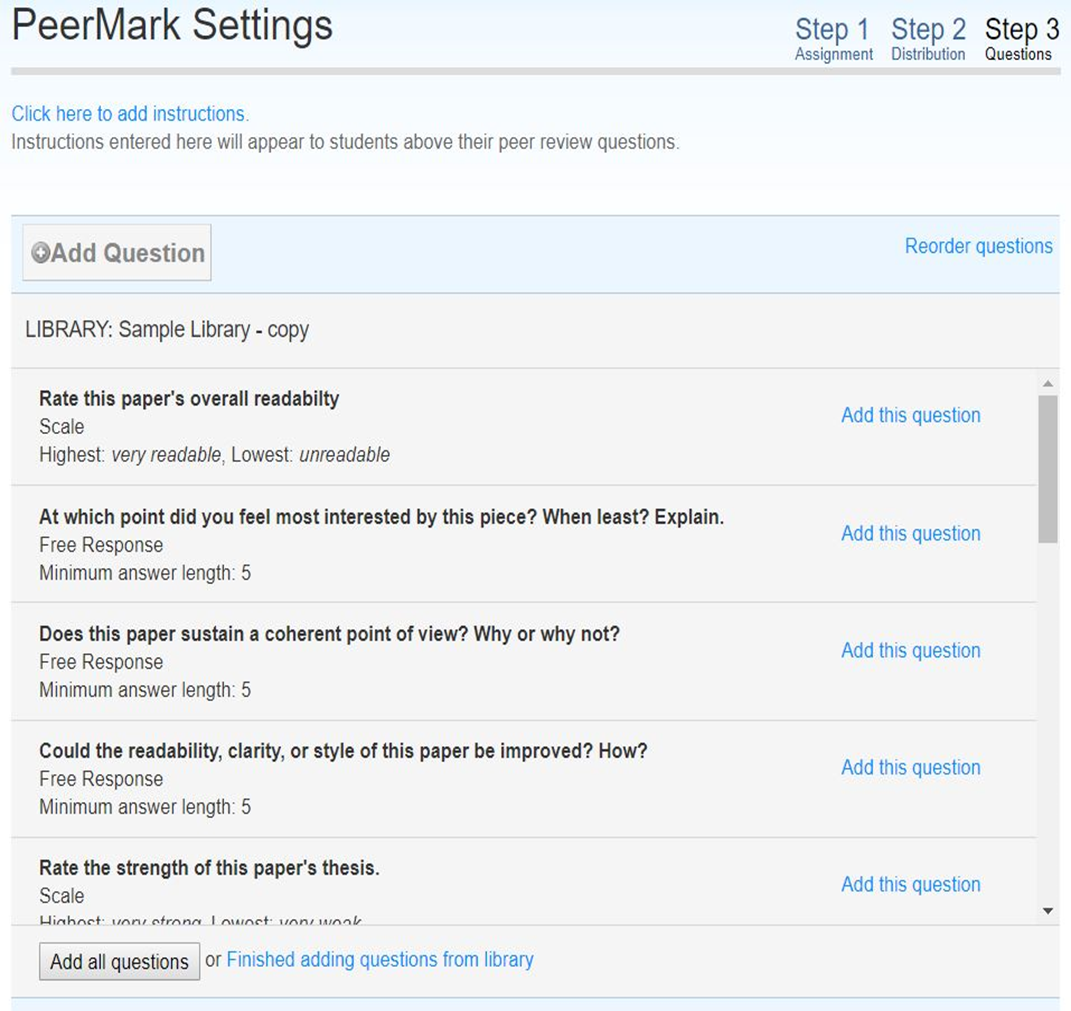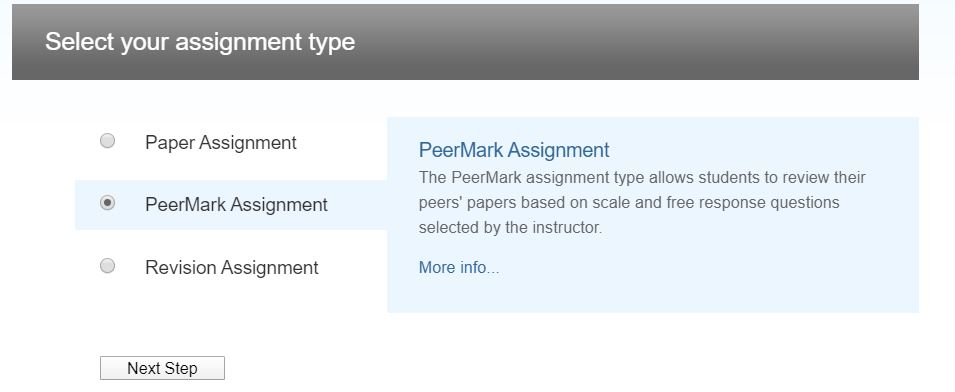Strategies and technologies for reading and responding to peer work
By Amber Foster, Ph.D. – April 22, 2020
As the end of the semester draws near, we might begin thinking about having students provide feedback on each other’s work in progress, in preparation for final submission—whether it be a group project, a research presentation, or an academic essay. Peer response is the backbone of my writing and critical reasoning courses, yet it is also an activity that is especially difficult to adapt to an asynchronous, online environment.
Below are four technology-assisted ways to facilitate peer response in the asynchronous classroom. Each set of tools comes with advantages and disadvantages, and not all may work for your unique teaching context. And while “best practices” aren’t my specific focus here, whenever possible, I do recommend holding a synchronous class session to introduce and practice the kind of peer response you would like students to perform (a video lecture might do the trick as well). In my experience, students perform better when they understand the rationale behind peer response and have a clear sense of what the instructor’s expectations are—particularly how they should apply course concepts in their responses to their peers’ work.
Method 1: Web Annotation Tools
With these free tools, students can annotate any online document, including student slideshows, blog posts, or online .pdfs. Many have group chat functions and other ways to assign groups for giving and receiving feedback on work-in-progress.
- Hypothes.is
- Diigo
- Markup
- Perusall
- CommentPress (plugin that allows margin commenting on WordPress blogging sites).
Method 2: Audio Commentary
At pedagogy-focused conferences in the past few years, I’ve noticed more and more instructors swearing by audio commentary as a more personalized approach to peer response. Some of the technologies useful for this practice include:
- Camtasia Studio (license required)
- Voice memos (smartphone required)
- WimbaCLASSROOM (license required)
- Zoom (using the “record” and/or “share screen” features)
Method 3: Collaborative Margin Comments
Google Docs is a staple in my classrooms, and it is the easiest and most effective means of getting student to comment on each other’s work. Other technologies that can work include:
- Microsoft Word Online
- My Reviewers (License required)
Method 4: Guided Peer Response using PeerMark™
TurnitIn Peermark™ allows the instructor to pre-set specific questions for peers to answer in their peer response. It is an assessment-focused approach, but it does make it easier to supervise and collate student responses. It looks like this:

You can use the TurnItIn link on Blackboard to create a PeerMark assignment:

Final Thoughts
For my students’ final writing projects, I plan to reinforce asynchronous work with synchronous discussion, as a means to maintain the collaborative atmosphere established early on in the term. Interaction is key—the more interactive I can make asynchronous activities, the more likely my students are to remain tuned in to the course all the way to the end, in spite of these challenging educational circumstances.